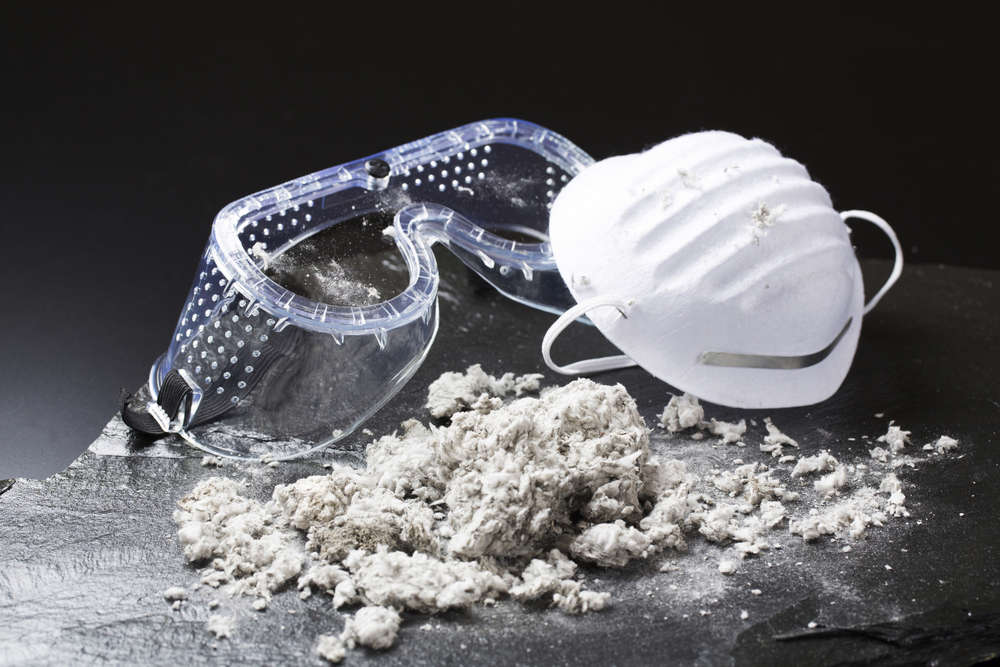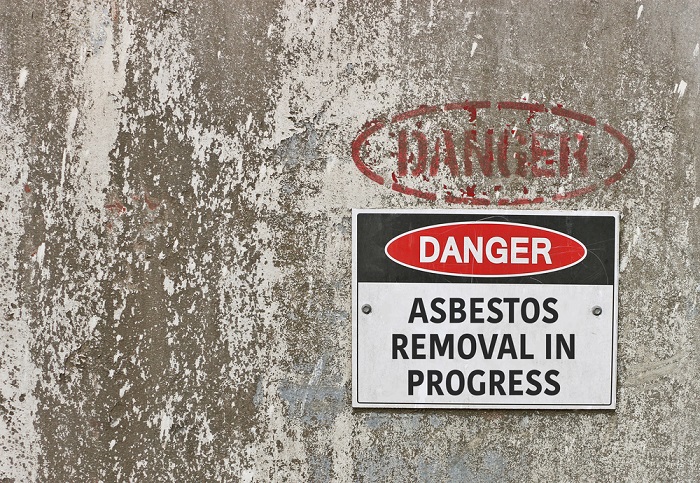
Carcinogens are substances that promote cancer formation. You can find these compounds in different things like paper, flooring, and pipe sealants. Asbestos is one of the many carcinogens that might exist in your residential or business establishment. Please continue reading to learn more about this substance and its potential to deliver cancer to individuals.

What is Asbestos?
Asbestos is a group of six naturally-occurring minerals with fibrous characteristics. The substance can resist electricity, fire, and heat, which makes it an ideal choice to support other building components.
The use of this mineral diminished over time. But, old homes and long-standing public buildings might still contain asbestos. At the time of writing, the US government didn’t issue a total ban on the use of this mineral in homes and business establishments.
However, the US Environmental Protection Agency (EPA) and other federal associations placed strict laws to help limit the use of this potential carcinogen. Long-term inhalation of asbestos fibers can be extremely hazardous as it may lead to numerous health concerns like mesothelioma.
When Was Asbestos Banned?
Recognizing asbestos as a harmful substance isn’t enough to ban the mineral. It can still be useful in the development of various establishments thanks to its durable nature. But, restrictions are now in place to limit the use of this substance, especially in the US.
The 1989 rule Asbestos: Manufacture, Importation, Processing, and Distribution in Commerce Prohibitions from the EPA state that the US bans the five uses and any activity defined as a “new use” of asbestos. These “new uses” include the importing, manufacturing, and processing of the mineral initiated following August 25, 1989.
Also, the rule states that the US government prohibits the use of asbestos in any new commercial scenario beginning August 25, 1989. Moreover, the Toxic Substances Control Act bans the importation, production, and dispensation of products with this mineral (e.g., corrugated paper, commercial paper, and flooring felt).

How Can Asbestos Exposure Lead to Cancer?
Understanding the reasons for asbestos to cause cancer requires recognition of how carcinogens affect the body. Take note that cancer cells obstruct the body’s cell and tissue ecosystem. Long-term exposure to asbestos fibers may lead to the development of a tumor in the body caused by abnormal cell growth.
This event happens as the carcinogen inhibits natural cell death. The overgrowth leads to an unhealthy amount of cells to produce in the body. Asbestos may also lead to mutate a person’s DNA.
Exposure to this substance may lead to malignant mesothelioma, which is a type of cancer occurring in tissues covering several internal organs. The development of this cancer begins by tiny asbestos fibers lodging into the linings of the lungs.
The body may not expel these fibers normally, causing the cells in the mesothelium or the thin lining of cells to envelop the foreign substance. This event is a defense mechanism brought by the body’s immune system to protect individuals from foreign particles.
However, overexposure to asbestos fibers may eventually lead to an alteration of a person’s DNA. Healthy cells begin to propagate unnaturally, and the fibers can also cause inflammation and scarring in the lungs.
Treatment options are available to inhibit the progression and remove the symptoms associated with mesothelioma. But, patients must seek medical assistance as soon as the first sign of this type of cancer surfaces.
How to Remove Asbestos from Establishments?
One way to reduce the risks of mesothelioma and other asbestos-related illnesses is to remove the offending material from establishments. But, handling this substance can be dangerous if done without expert knowledge and training.
It’s still possible to remove the mineral from establishments without professional assistance. But, take note that the risks are significant if you take this route. Use proper safety gear like hard hats, disposable overalls, and eye protection.
If successful, a professional and licensed asbestos examiner should examine the area for remnants of the substance. The areas that need inspection are:
- Asbestos removal areas
- Areas surrounding the workspaces
- Routes covered by the removal areas to the asbestos bins or storage
- Any location where asbestos might still be present
Individuals who wish to remove asbestos from their establishments should practice extreme caution when handling this material. It’s best if you call the experts from the beginning as professional asbestos-removal companies can eliminate the substance using certified equipment and proper training.
Parting Words
Asbestos is a harmful substance, and long-term contact with its fibers may lead to the development of cancers like mesothelioma. Contact expert asbestos-removal firms as soon as symptoms of asbestos-related illnesses occur in people where the mineral is near.


